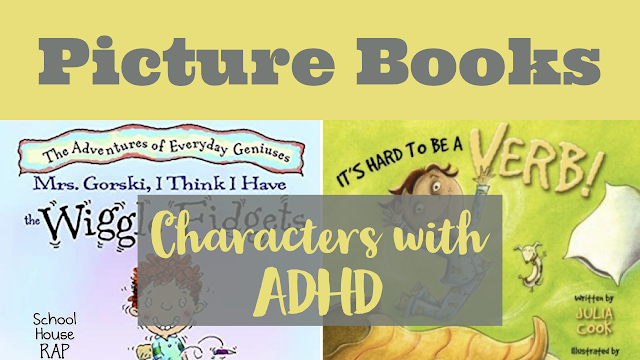Use Graphic
Organizers consistently
Graphic organizers are simple tools that can
help kids who normally have trouble with writing. It helps students organize
their thoughts and breaks the writing into smaller pieces. Graphic organizers are meant for jotting down
ideas and not the full writing piece.
Teach the
Writing Process
When using the writing process, students will be able to break writing
into manageable chunks. Guiding students through the writing process helps them to
think about each step of their writing.
They will be able to understand how skipping any step will lead to a less polished piece of writing.
Brainstorm using graphic organizers to connect ideas and structure for a
writing piece. Have young students engage in whole-class brainstorming. Their
brainstorm can consist of drawing pictures as well.
Students will work independently when writing their Rough Draft. I would
also suggest having your students skip lines when writing the draft. This
will help leave space for revising the piece. Another suggestion is to let
students know that it’s okay to cross out and not erase writing on the rough
draft. This helps avoid frustration when
mistakes are made.
Show students the difference between revising and editing because they
are different aspects of the process. Revision
is where students add details to make their writing better where editing is correcting
any conventions in the writing.
Let your students collaborate
with their classmates to help develop language proficiency. Let students have a choice in how they
publish their final piece of writing.
Here is a set of posters you can use in your classroom to help teach the
Writing Process.
Accept
Invented Spelling
How do you
teach writing in your classroom?







